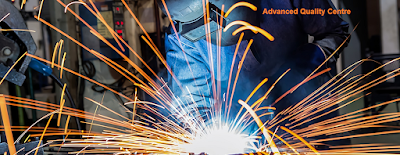Dissimilar metal in TIG Welding process

Why use this TIG welding process: TIG Tungsten Inert Gas otherwise called as GTAW- Gas Tungsten Arc Welding , Involves melting the metal using the arc created by tungsten electrode, The welding can be done with or without filler metal, Argon Gas is used as shielding around the weld area, to shield the weld from atmospheric gases. As an inert gas is used for shielding the weld, the quality of weld is good without any Slag inclusions and good weld profile. TIG welding is selected to receive a high quality welds for analysis purposes Where we use dissimilar metals ? Dissimilar metals are used in process pipe line industry, heat exchangers, boilers and Structural steel fabrication industry. SS 304/ SS316 (Austenitic Stainless Steel ) ASTM A -210 (Medium Carbon Steel) ASTM A-36 (Low Carbon Steel ) Types of Weld Joint : Butt Joint, T Joint, Lap Joint , Corner Joint, Edge Joint Types of Joint Configuration: Joint Design: Why we use Butt Joints To carry out the study of difference i